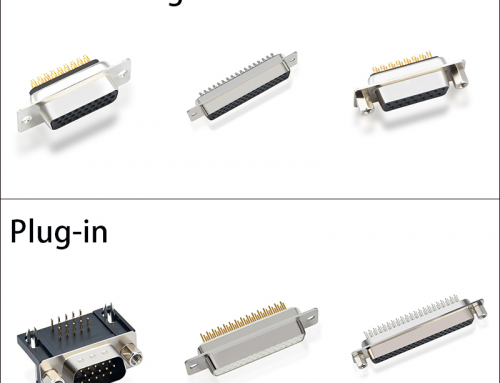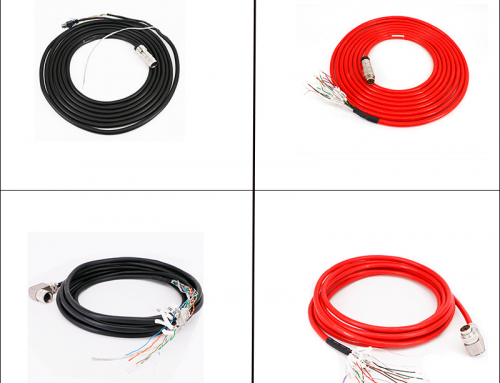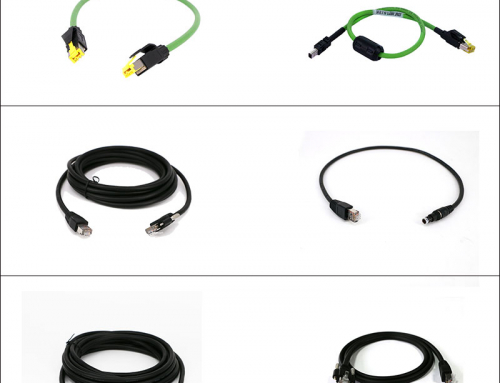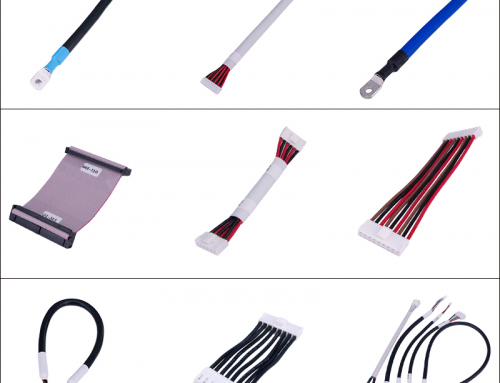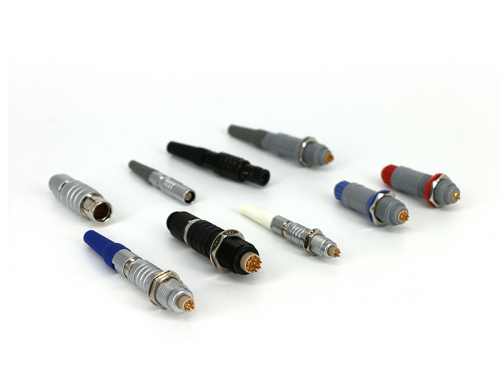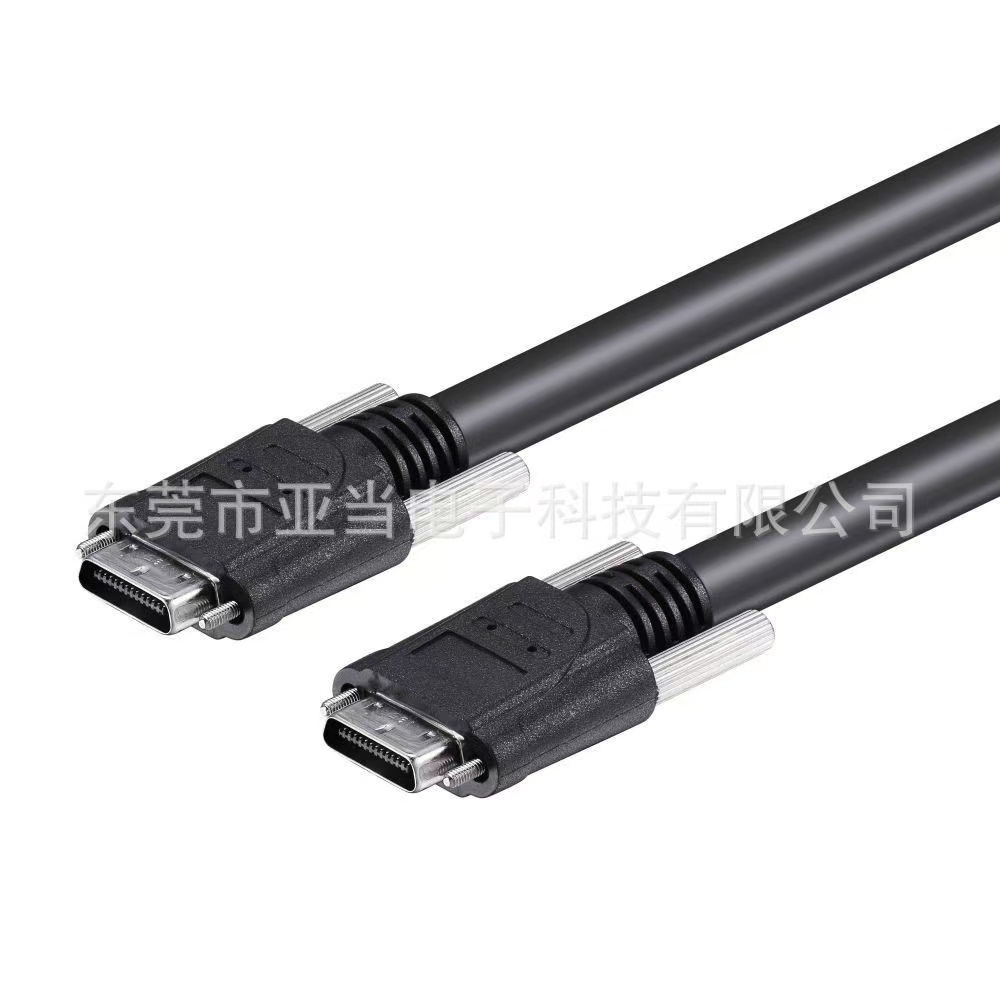
Camera Link cable is a special data cable used to connect industrial cameras and image acquisition cards and other devices. It has the characteristics of fast transmission speed and anti-interference. The following is a detailed introduction:
1. Standards and specifications:
• The Camera Link standard is customized, modified, published and operated by the American Automation Industry Association (AIA). The standard specifies the interface between digital cameras and image acquisition cards, using a unified physical connector and cable definition. As long as the camera and image acquisition card meet the standard, they can be physically interconnected.
• The standard has Base, Medium, and Full transparent specifications, all of which use unified cables and connectors. Base uses 4 data channels, Medium uses 8 data channels, and Full uses 12 data channels. The maximum data transmission rate supported can reach 680MB/s, and all serial communication connections are provided to facilitate communication and parameter settings between images and cameras.
2. Cable structure:
• Multi-core design: Generally contains multiple core wires for transmitting different types of signals, such as data signals, control signals, power signals, etc. Common camera cables have 26 core wires, which are usually arranged in a specific twisting method, which can effectively resist ground electromagnetic wave interference.
• Brightness structure: To ensure the stability and accuracy of signal transmission, the cable is usually marked with a brightness layer, which can reduce the effect of the oscilloscope signal on the internal signal transmission and ensure reliable data transmission.
3. Interface type:
• MDR (Mini Delta Ribbon) interface: It is a larger interface with high signal transmission rate and high stability, and is often used in situations where high-speed data transmission is required.
• SDR (Small Delta Ribbon) interface: Compared with the MDR interface, it is smaller in size and suitable for connecting devices with limited space, but the data transmission rate may be slightly lower than that of the MDR interface.
4. Application scenarios:
• Industrial automation detection: On industrial production lines, it is used to connect industrial cameras and image acquisition cards to achieve real-time detection and monitoring of product appearance, size, defects, etc. For example, automobile manufacturing, electronic equipment manufacturing and other industries.
• Visual machine system: Widely evaluate the connection between various devices in the field of machine vision, such as robot vision, intelligent security monitoring and other systems, to ensure fast and accurate transmission of image data.
• Scientific research experiments: When conducting various experiments, researchers need to use industrial cameras to obtain image information. Camera Link data cables can provide stable data transmission channels for cameras to meet the optical requirements of scientific research experiments for image data.
5. Product features:
• High bandwidth: It can meet the needs of high-speed data transmission and ensure real-time transmission and processing of image information.
• High reliability: After rigorous testing and verification, it has good anti-interference ability and stability, and can work stably for a long time in complex industrial environments.
• Strong durability: The external and internal structure design of the cable has super strong skin wear resistance, bending resistance, and pulling resistance, and is suitable for various solar working environments.


